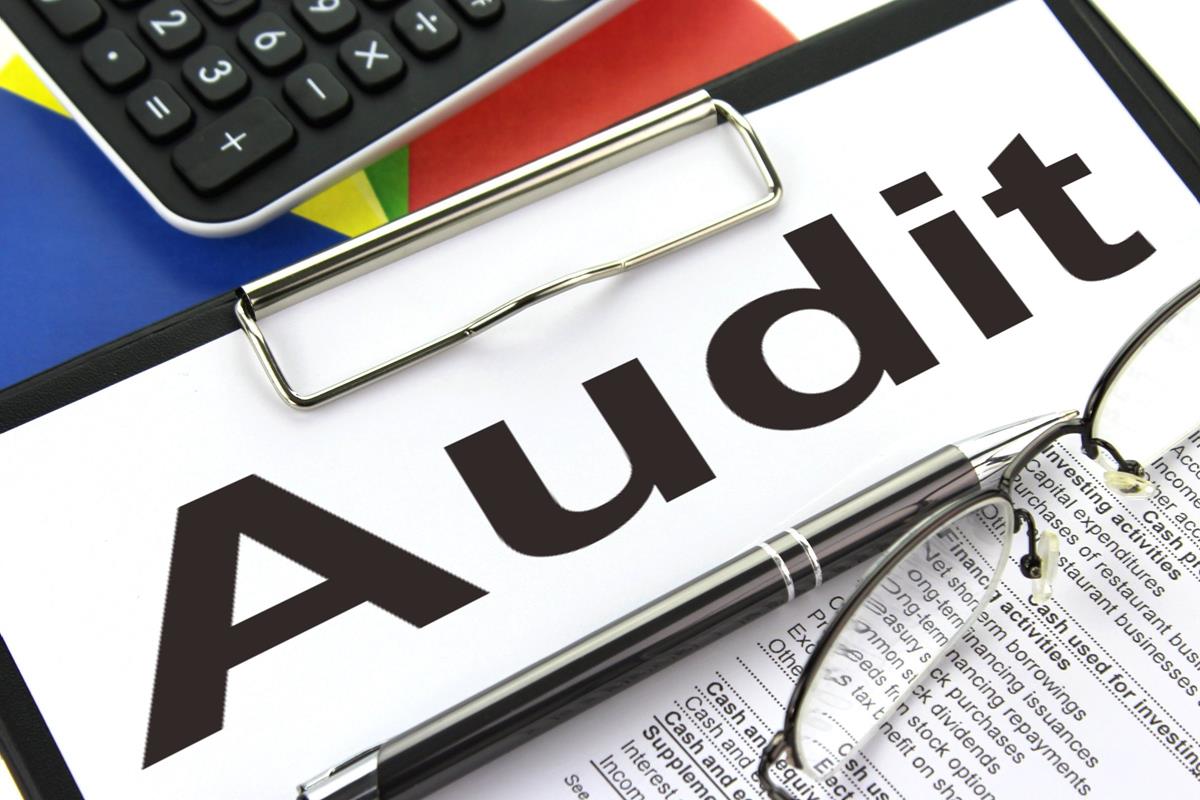Discuss substantive procedures for obtaining audit evidence
Introduction:
In the realm of auditing, substantive procedures are essential tools used by auditors to obtain direct evidence regarding the accuracy, completeness, and validity of the financial statements and records of an organization. These procedures are designed to detect material misstatements at the assertion level and are a critical component of the audit process. This article aims to delve into the intricacies of substantive procedures, their importance in the audit process, and the various techniques and strategies employed by auditors to effectively gather audit evidence through these means.
Understanding Substantive Procedures:
Substantive procedures are audit processes conducted to validate the integrity of the financial information and disclosures made by an organization. They are specifically tailored to detect material misstatements, whether due to fraud or error, and involve detailed testing of financial transactions and balances. There are two primary types of substantive procedures:
Tests of Details:
These are focused on examining the specific details of transactions and balances. They involve verifying the accuracy and completeness of the information recorded in the financial statements.
Substantive Analytical Procedures:
These involve the analysis of significant ratios and trends and the investigation of unexpected variations and relationships of financial data.
The Role of Substantive Procedures:
Substantive procedures play a pivotal role in providing auditors with the evidence they require to form an opinion on the fairness of the financial statements. They are particularly crucial in areas where the risk of material misstatement is high and where other types of evidence, such as those obtained from tests of controls, may not be sufficient.
Planning and Designing Substantive Procedures:
The effectiveness of substantive procedures largely depends on their proper planning and design. This involves:
Understanding the Entity and Its Environment
Auditors must have a thorough grasp of the business operations, industry norms, and regulatory environment of the entity.
Risk Assessment:
Identifying areas with a higher risk of material misstatement guides the focus of the substantive procedures.
Materiality Considerations:
Determining materiality levels helps in prioritizing audit efforts on significant areas.
Techniques of Substantive Procedures:
Inspection of Records and Documents:
This involves examining internal and external documents to verify the authenticity and accuracy of the transactions recorded.
Observation and Inspection of Physical Assets:
Physical verification of assets corroborates the existence and condition of these assets.
External Confirmations:
Obtaining independent confirmations from third parties, like banks or customers, provides evidence of the validity of certain account balances.
Recalculation and Reperformance:
Auditors recompute financial calculations or reperform procedures to verify their accuracy.
Analytical Procedures:
These involve evaluating financial information through analysis of plausible relationships among financial and non-financial data.
Challenges in Substantive Procedures:
Volume of Data:
The sheer volume of transactions and data can pose challenges in selecting and testing a representative sample.
Complexity of Transactions:
Complex financial instruments and transactions require specialized knowledge and more sophisticated audit techniques.
Time Constraints:
Conducting thorough substantive procedures within the audit timeline can be challenging.
Addressing the Challenges:
To overcome these challenges, auditors can:
Leverage Technology:
Utilizing data analytics tools can help in efficiently analyzing large volumes of data and identifying anomalies.
Use of Sampling:
Selecting appropriate sampling methods ensures that the tests are representative and provide sufficient audit evidence.
Continuous Learning and Development:
Keeping abreast with the latest developments in accounting standards, industry practices, and technological advancements is vital.
The Importance of Professional Judgment and Skepticism:
Professional judgment and skepticism are key in conducting substantive procedures. Auditors must critically assess the evidence obtained and be alert to any signs of misstatement or irregularity.
Conclusion:
Substantive procedures are an integral part of the audit process, providing the necessary evidence to support the auditor’s opinion on the financial statements. The effectiveness of these procedures depends on their careful planning, execution, and evaluation. By employing a variety of techniques and maintaining a mindset of professional skepticism, auditors can effectively identify and address material misstatements, thereby enhancing the credibility and reliability of the audit findings. In an ever-evolving financial landscape, the importance of substantive procedures remains paramount, underpinning the integrity and thoroughness of the audit process.
